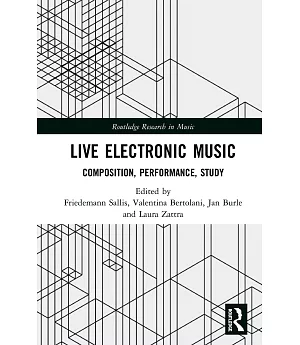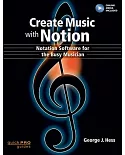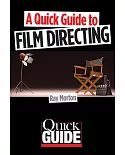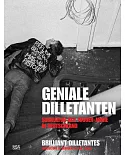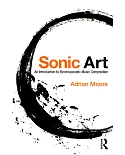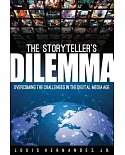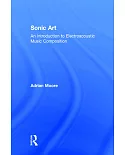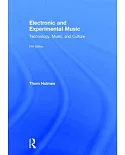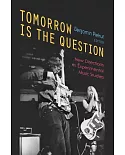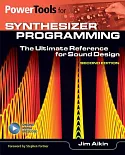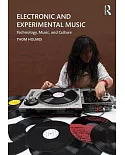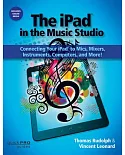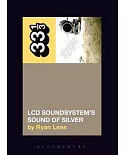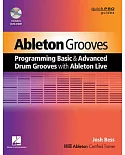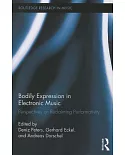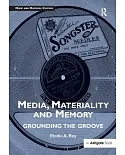During the twentieth century, electronic technology enabled the explosive development of new tools for the production, performance, dissemination and conservation of music. The era of the
mechanical reproduction of music has, rather ironically, opened up new perspectives, which have contributed to the revitalisation of the performer’s role and the concept of music as
performance.
This book examines questions related to music that cannot be set in conventional notation, reporting and reflecting on current research and creative practice primarily in live electronic or
mixed music. It studies compositions for which the musical text is problematic, i.e. non-existent, incomplete, insufficiently precise or transmitted in a non-traditional format. Thus at the
core of this project is anabsence. The objects of study lack a reliably precise graphical representation of the work as the composer or the composer/performer conceived or imagined it.
Howdo we compose, perform and study music that cannot be set in conventional notation? The authors of this book examine this problem from the complementary perspectives of the
composer, the performer, the musical assistant, the audio engineer, the computer scientist and the musicologist.

